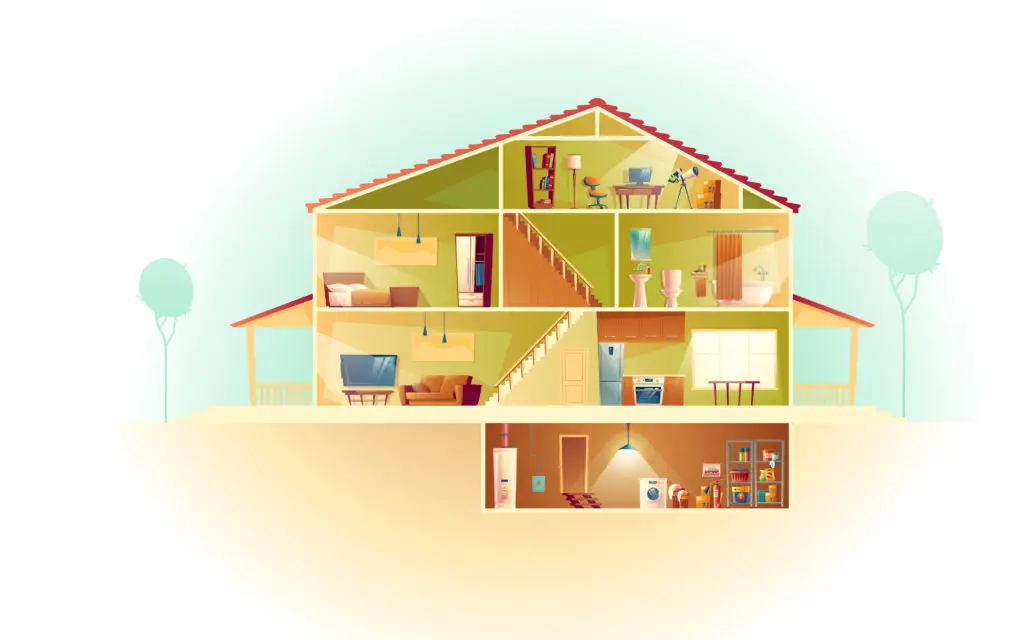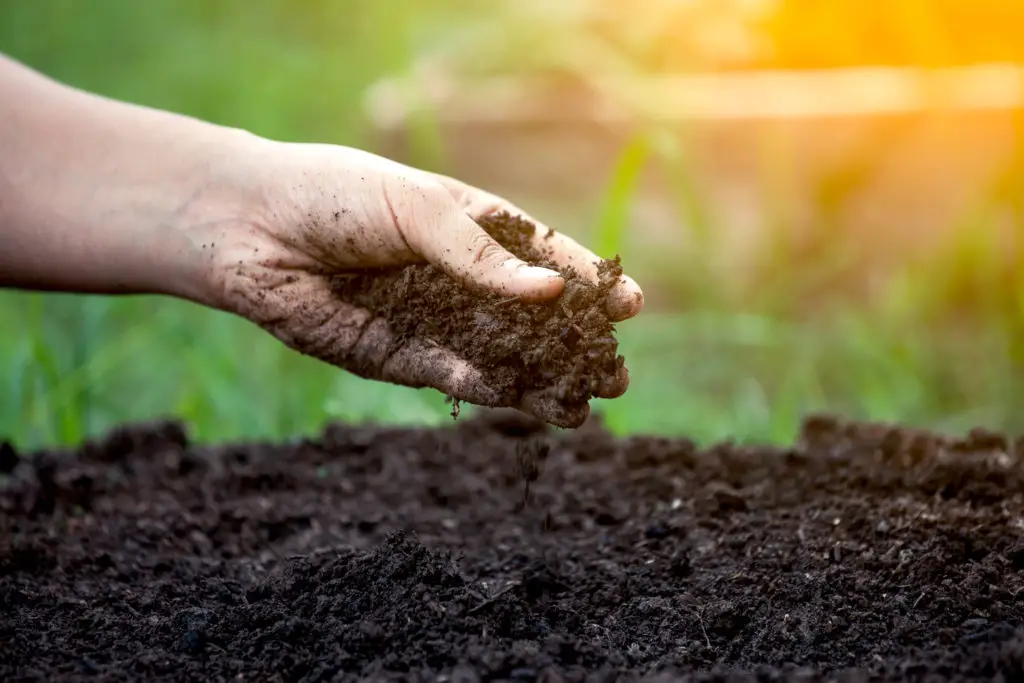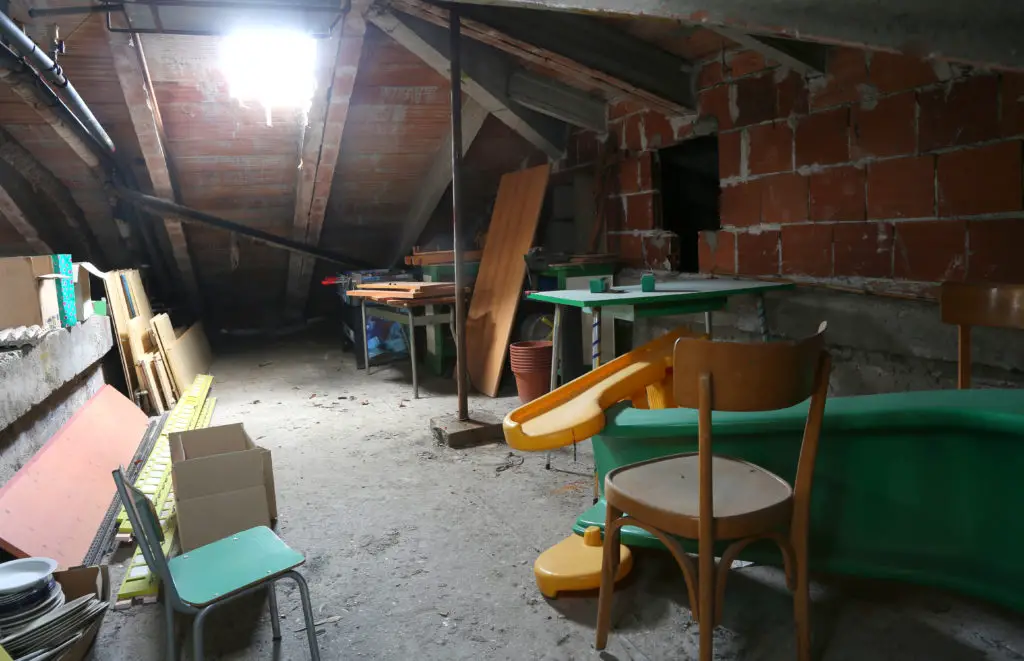
If you’re thinking about buying a home in Oklahoma, you might have noticed that many houses have a common feature: No basements! Many people enjoy basements because they increase square footage and can serve as a storage room or extra bedroom. However, there are a few reasons why most Oklahoma hoes don’t have basements.
Many Oklahoma homes don’t have basements because there are conditions that make it difficult to build them. This state has a high water table, which increases the risk of flooding. There is also clay-heavy soil, which puts pressure on walls as it expands. Overall, there just isn’t much demand.
Basements can compromise the integrity of the whole house if they aren’t built on stable ground. The conditions around Oklahoma just aren’t conducive to building basements, so many contractors just don’t both building them. For more information about the geographical features that make Oklahoma basements unlikely, read below.
Frost Line Restrictions
One major hurdle to building basements in Oklahoma is the frost line. The frost line is the maximum depth at which soil freezes in cold weather. When a basement is built, the foundation needs to extend into the frost line so that the room isn’t subject to different temperatures in different areas. If one part freezes and the other doesn’t, the room can become unstable and damaged.
In many colder, Northern states, the frost line extends 6-8 feet below ground. This is ideal for building a basement because it has enough depth to sustain an extra room. However, the frost line in Oklahoma and the surrounding states is usually only about 18 inches. This isn’t nearly deep enough to support a basement!
Many contractors can’t or won’t dig basements when the frost line is this shallow. There are some legal codes that they need to follow after all.
Water Table And Soil Composition

Another complication that Oklahoma homes face is the geological makeup of the area. Many states in this area have soil that is heavily enriched with clay. Clay has its own benefits and properties, but it can make building and digging a bit difficult.
Clay is highly absorbent, so when it is exposed to water it tends to expand. If you have a basement that’s built in clay-rich soil, the walls and structure will be put under pressure. Mud, mold, and moisture can creep into the room and the pressure could even crack the walls. When a basement’s integrity is compromised, the rest of the house is at risk too.
Oklahoma also has a fairly high water table. This means that rain that falls doesn’t sink very deep into the ground. The soil becomes saturated and looser. This moist earth is heavier and it increases your basement’s risk of flooding. Flood damage can be absolutely devastating and will leave you dealing with long-term consequences.
The basement could become damp and smelly, mold and fungus could take root, and your items in storage could become ruined. Plus, as we mentioned above, water damage could weaken your home’s overall structure. Nobody wants a room that’s just going to become unusable and gross!
Tornado Alley
One of the main things that complicates Oklahoma’s living conditions is the fact that it’s part of Tornado Alley. This is a section of U.S. states that experience a higher-than-normal amount of tornadoes each year. Texas and Kansas are other major states in this region, although several other Southeastern states could be included depending on the criteria.
Oklahoma is particularly exposed to tornadoes and they often experience some of the highest annual counts. Tornadoes make building difficult in general because of their high winds and destructive capabilities. They can also suck up dirt and debris, which makes the ground less stable for building.
Unfortunately, basements could be useful defenses against tornadoes, but it’s usually not viable to build them in this region. For more information about Tornado Alley and how it relates to basement difficulties, check out this article .
.
The Issue Of Precedent And Low Demand
With all this being said, it’s not technically impossible to build a basement in Oklahoma. It may not be advisable, but over the years, builders have refined their technology and found ways to create stronger basements. There have also been innovations when it comes to waterproofing and reinforcement as well.
If you had the time, money, patience, and right building crew, you could build a basement in Oklahoma. As technology has improved, the State of Oklahoma has even approved some supplemental funding to support people who want to build basements. Basements can keep residents safer in the event of a tornado or severe weather and the state wants to encourage this practice.
to support people who want to build basements. Basements can keep residents safer in the event of a tornado or severe weather and the state wants to encourage this practice.
However, even despite these measures and technological improvements, it’s hard to break the mindset of Oklahoma residents. For years, they’ve operated under the assumption that basements just aren’t an option for them. People have accepted the fact that they won’t have this underground space and have largely made peace with that idea.
So now, even though the option has become possible, most people either don’t believe it or don’t want to take action. Because of this mindset, there also aren’t many builders in the Oklahoma area who even know how to build basements anymore! It just hasn’t been a product that was in demand, so they didn’t learn how to do it.
Basement Alternatives

If you’ve read all this and are convinced that a basement won’t be the best option for you, don’t worry! There are other things you can do to increase your usable living space and create more room for storage. To start with, attics are popular choices. These can be converted into storage space, extra bedrooms, or even an area to entertain guests.
Storage sheds are useful items that can be placed in your backyard. These are usually fairly cheap and they can be used for storing large items or be converted into tiny guest houses.
Finally, if you’re worried about tornado safety, you could consider adding a storm cellar. This is a small underground shelter that requires less upkeep and fewer restrictions compared to basements. You would only need to use it when there was a tornado and you wouldn’t have to worry about making it look nice.
Related Topics:
If you like the article above, here are some other similar articles you should check out!
9 Famous Celebrities Who Live in Kansas City, MO
17 Reasons Not to Move to Dayton, Ohio (Voted by the Locals)

